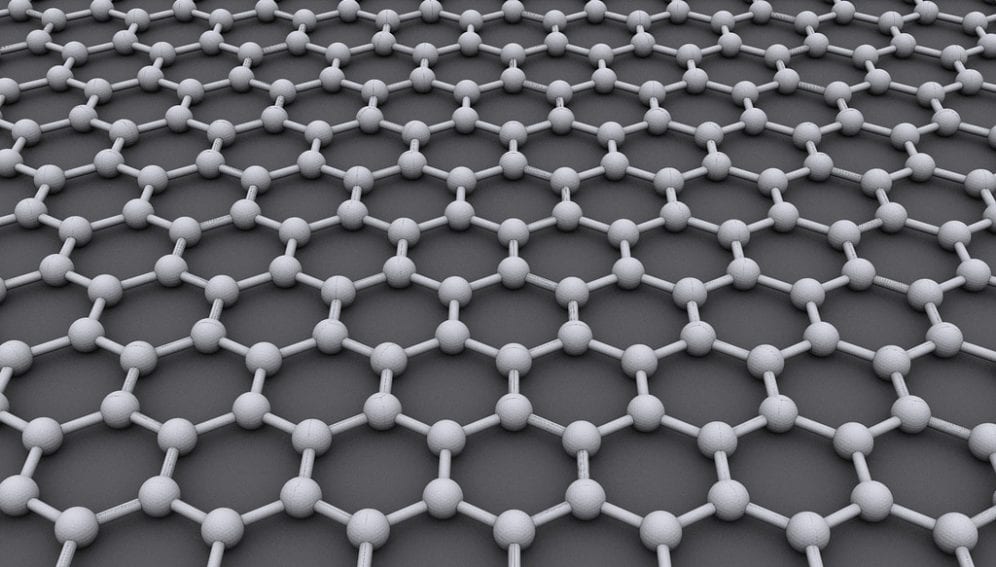By: Archita Bhatta
Send to a friend
The details you provide on this page will not be used to send unsolicited email, and will not be sold to a 3rd party. See privacy policy.
[NEW DELHI] A team of researchers from India and Japan have developed a low-cost way to produce ‘doped graphene,’ a new hybrid material which can be used to make efficient electrodes for batteries and fuel cells.
The new material, called ‘heteroatom,’ is made by doping graphene — an allotrope of carbon — with boron and its development is described in the 9 September issue of Advanced Energy Materials.
The research team led by Tharangattu N. Narayanan, professor at the Tata Institute of Fundamental Research’s Centre for Interdisciplinary Sciences, Hyderabad, produced a derivation of doped graphene from rhombohedral boron carbide, the hardest material known after diamond and cubic boron nitride.
Graphene lends itself to chemical doping to alter its electrochemical properties through fast electron transfer between the graphene backbone and the chemicals used. However, industry has been in search of low-cost techniques to commercially produce doped graphene materials for electro-catalytic applications.
“Our method relies on a simple, high temperature treatment and water based separation technique. This also yields a large amount of samples and the unreacted materials can be treated for further doped graphene synthesis, thereby saving on the cost of raw materials,” Narayanan tells SciDev.Net.
This method resulted in the formation of an electrochemically active material from non-conducting materials, broadening the potential of graphene for application in various energy-related technologies.
“The resulting doped graphene was found to exhibit superior water oxidation and oxygen reduction reactions (technically called bi-functional catalytic activity) which are crucial in modern energy technologies,” Narayanan says.
Replacing metal catalysts or electrodes with lightweight graphene can lower the cost and weight of electronic and electrochemical systems and devices, say experts in the field.
“Scientists have been looking for doped or hybrid materials for bi or tri functional activity in water oxidation or oxygen reduction. Boron-doped graphene synthesised in a simple and low cost route with improved electro-catalytic efficiency has potential applications in metal air batteries and fuel cells,” says Anil Palve, associate professor of chemistry, Mahatma Phule Arts, Science and Commerce College, Mumbai.
>Link to full article in Advanced Energy Materials
This article has been produced by SciDev.Net's South Asia desk.














